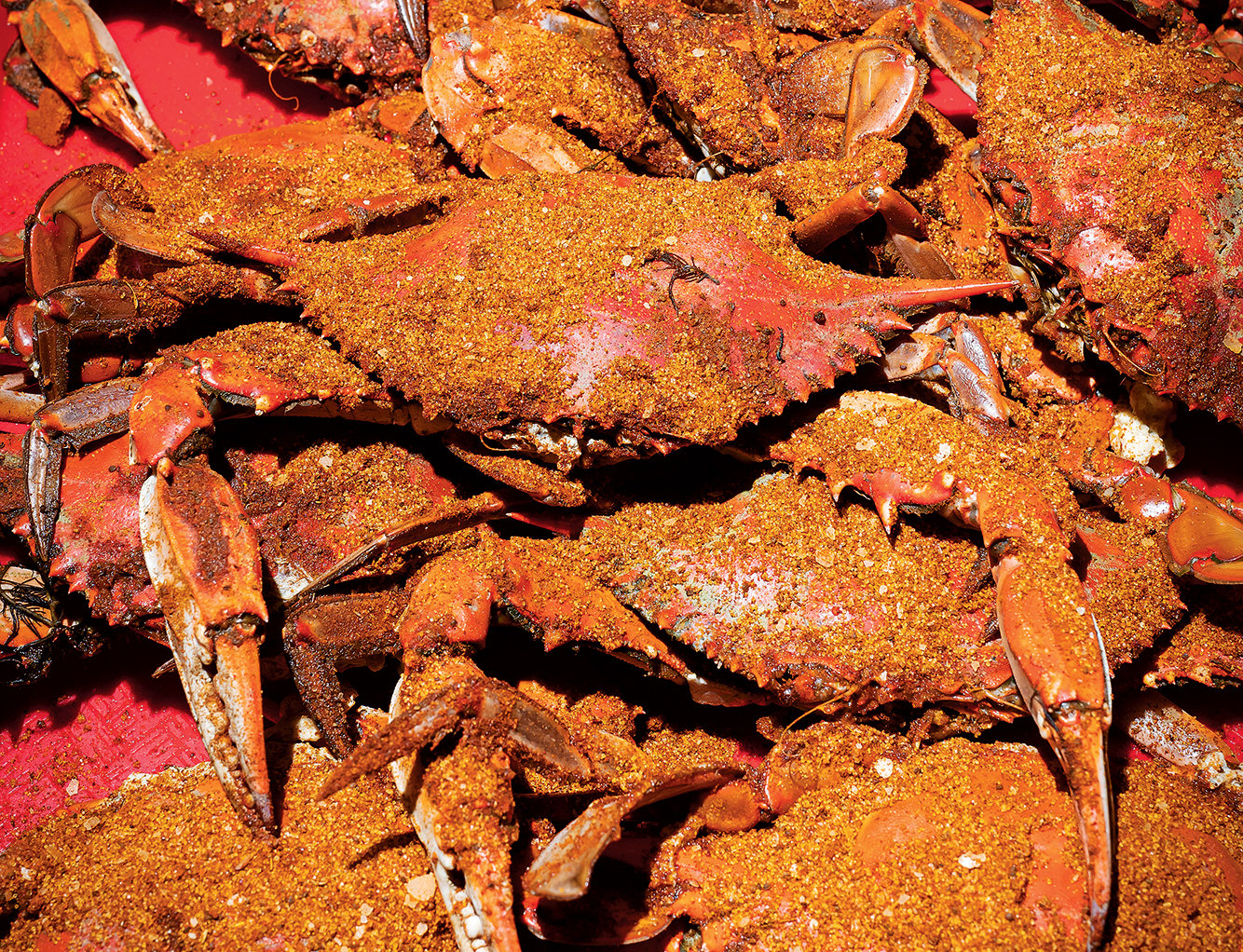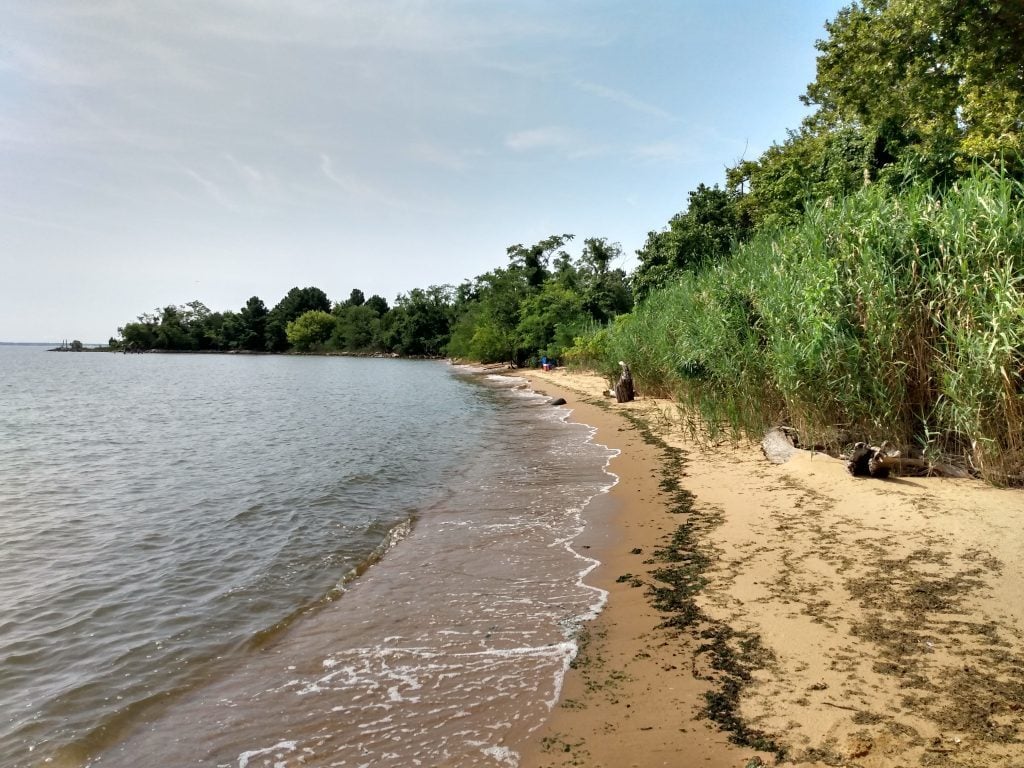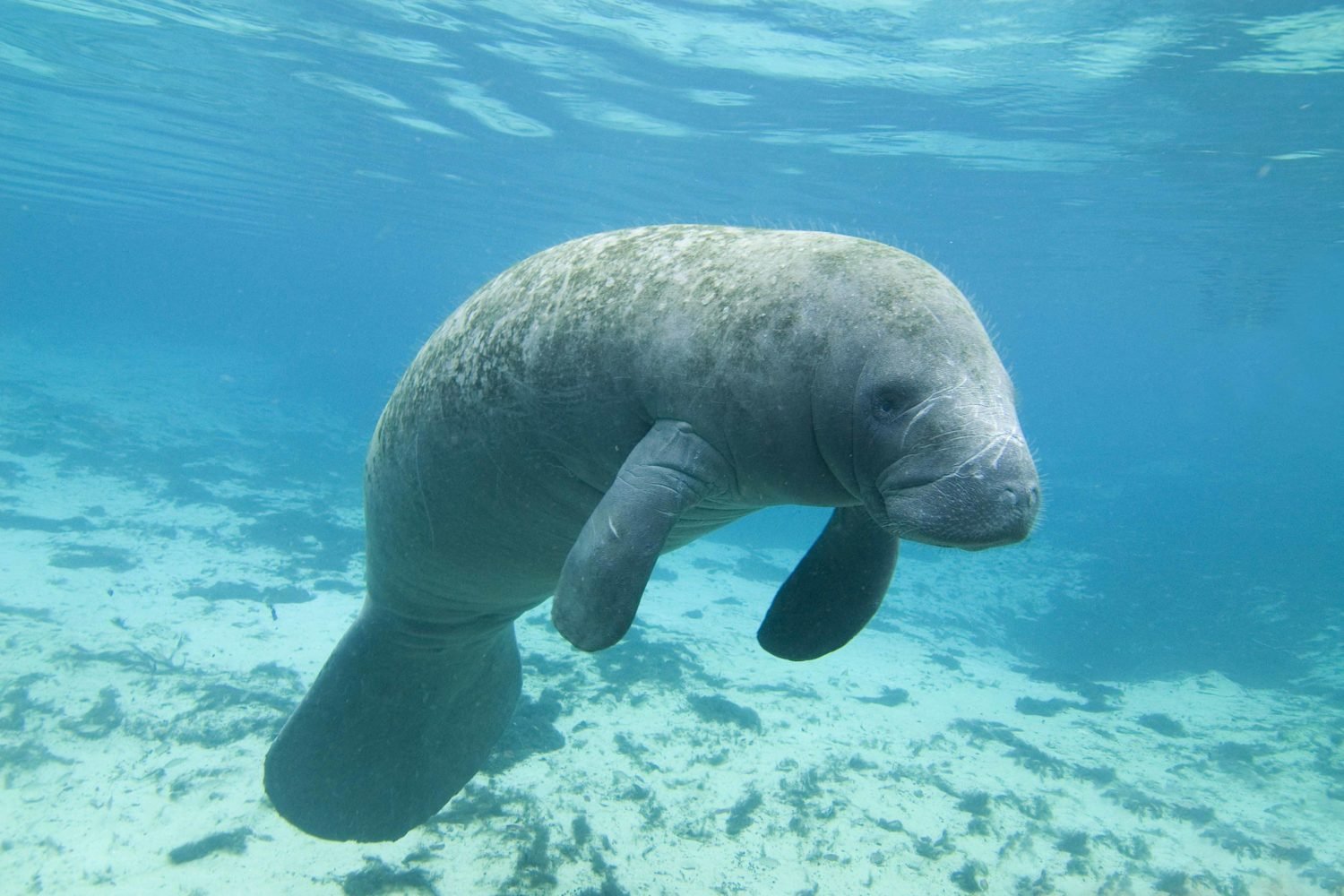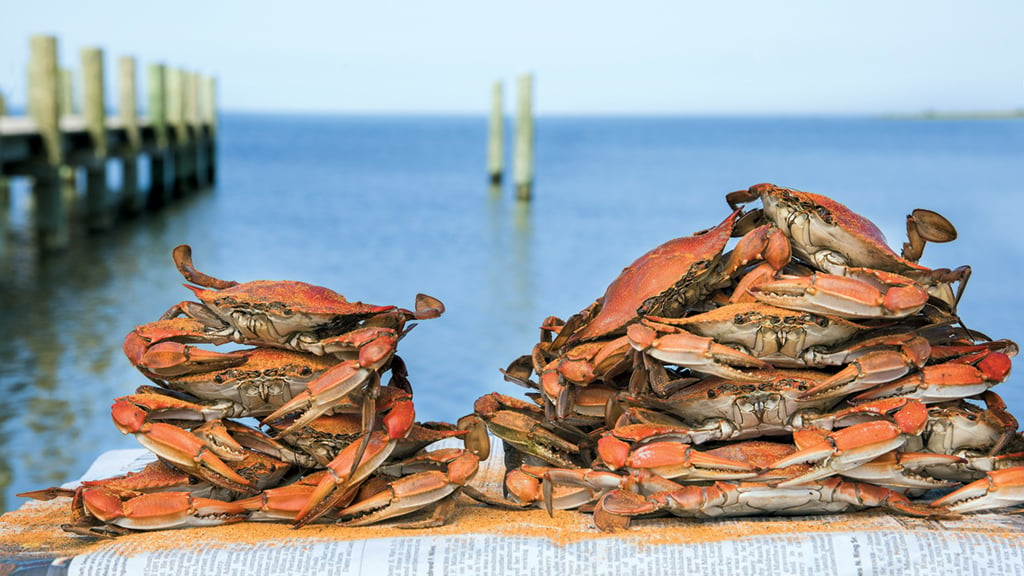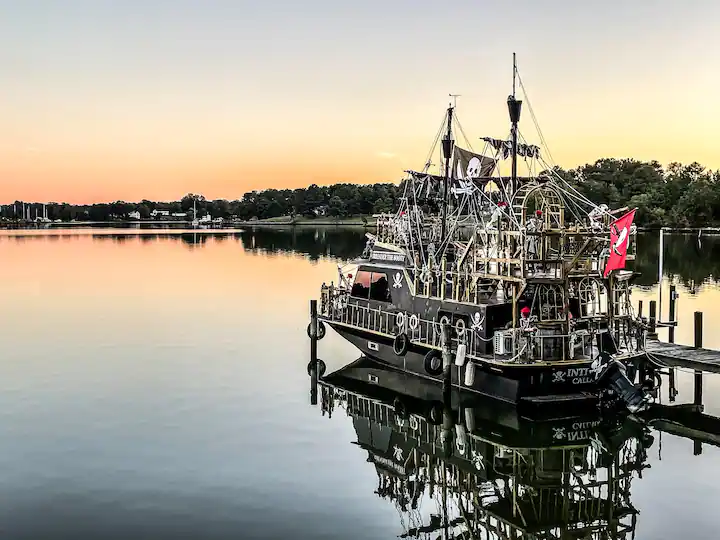It’s the happiest season of all: Maryland crab season, which starts April 1 for both recreational and commercial crabbers around the Chesapeake Bay. The “state crustacean” is emerging from its winter hibernation, and will continue to be harvested through early December.
That said, don’t sharpen your crab knives quite yet.
“Until it was 29 degrees out last week, I was optimistic [the start of the season] would be strong,” says Greg Casten, founder of sustainable seafood wholesaler ProFish. “They’re definitely not yet running.”
Local crabs—and diners’ appetites for them—grow as the weather warms. Though true connoisseurs know that the best time of year to crack crabs is fall, when they’re fat from summer feeding, and often cheaper due to lower demand for those beach-time feasts.
Casten says he expects to put local hard-shell steamed crabs on the menu at ProFish’s restaurant, Ivy City Smokehouse, in the coming weeks barring any other freak cold spells. Soft-shells are also newly available, and starting to pop up on restaurant menus like at Equinox and Hank’s Oyster Bar. But Casten says they’re “outrageously expensive” at this point in the early season, about $10 to $11 per (small-ish) crab. As with hard-shells, their peak season is fall: “When they get delicious and huge and no one wants to eat them,” says Casten.
Last summer was tough for the Chesapeake crab industry and diners who love the regional delicacy. Stunted supply and high demand caused prices to soar—clocking in around $60 a pound for jumbo lump, and into the $100s for a dozen medium hard shells. As they have with lobster, many restaurants took crab off their menus. Experts already fear that similar problems will plague the 2022 season.
Labor shortages continues to challenge the industry—specifically a years-long cap on H-2B visas, which allow only a limited number of migrant workers to frequent the crab processing houses that once depended on their labor. Add on domestic labor disruptions, the rising cost of fuel, and environmental factors like invasive blue catfish that can impact the crab count, and consumers may not see prices for local crab drop significantly.
Still Casten, a 40-plus year veteran of the seafood industry, is fairly optimistic.
“The blue native [crab] species to America will have a good rebound. It won’t hit the [price] heights it did during the pandemic. Availability should be more robust, but not dramatic.”

